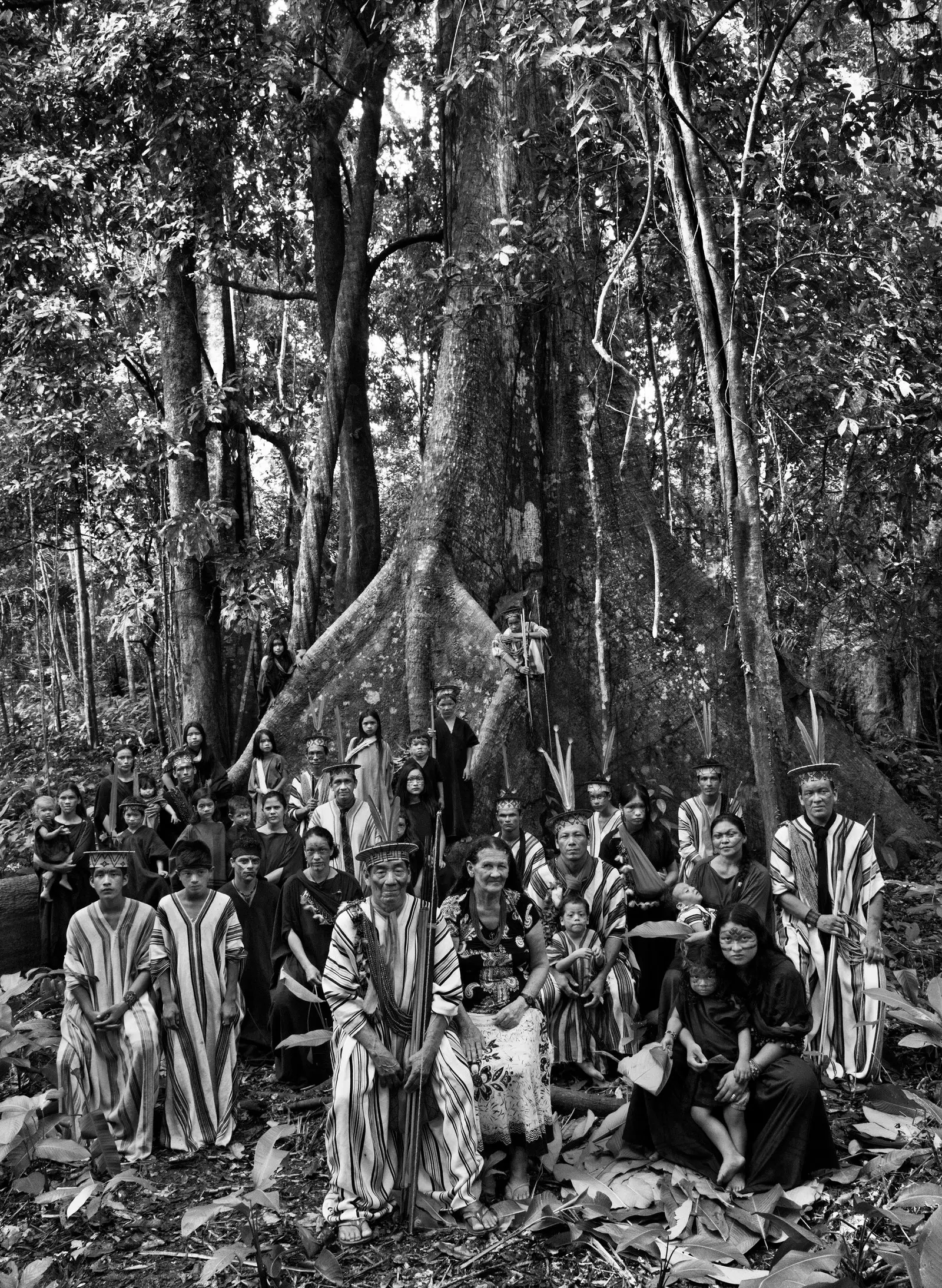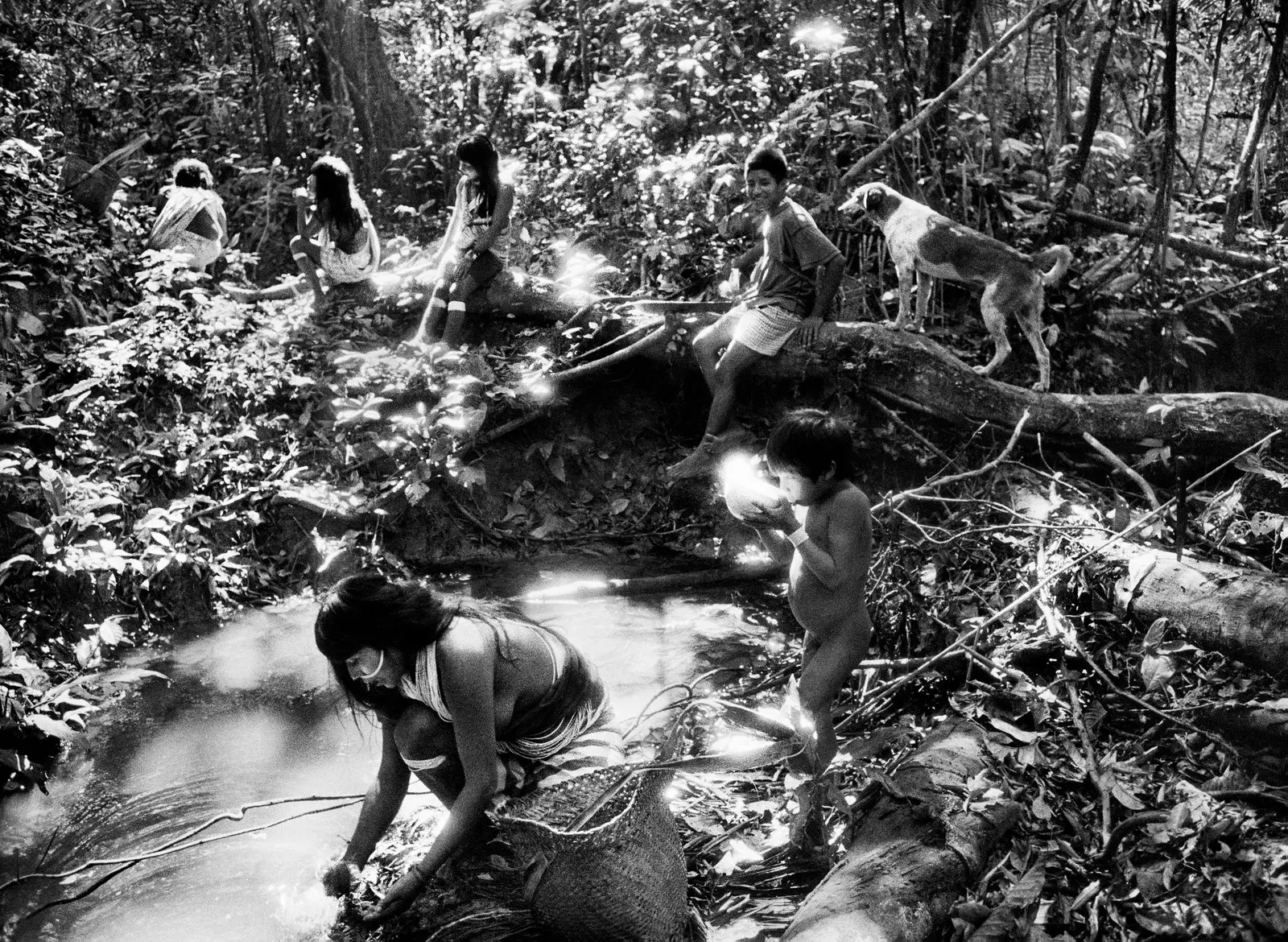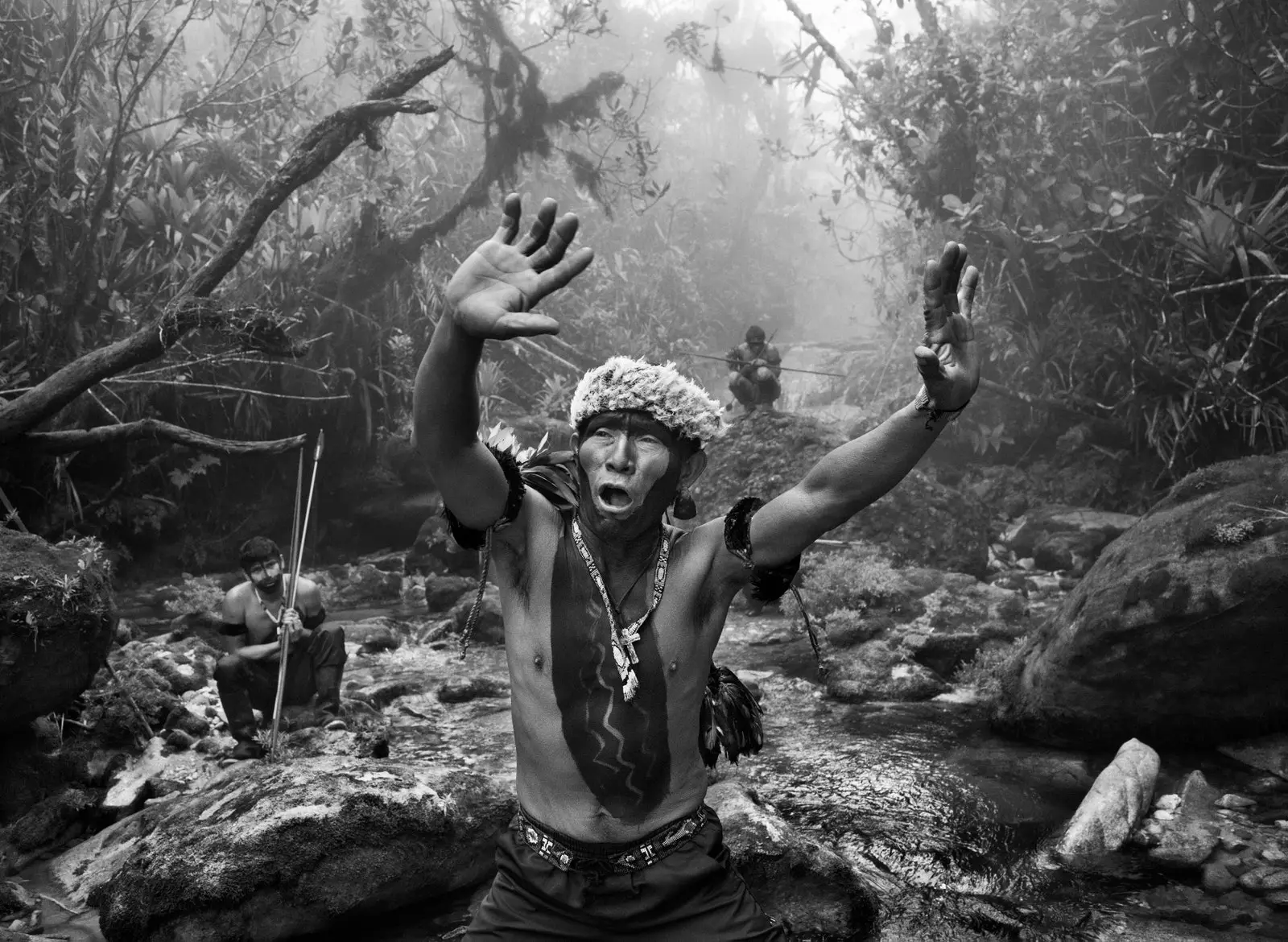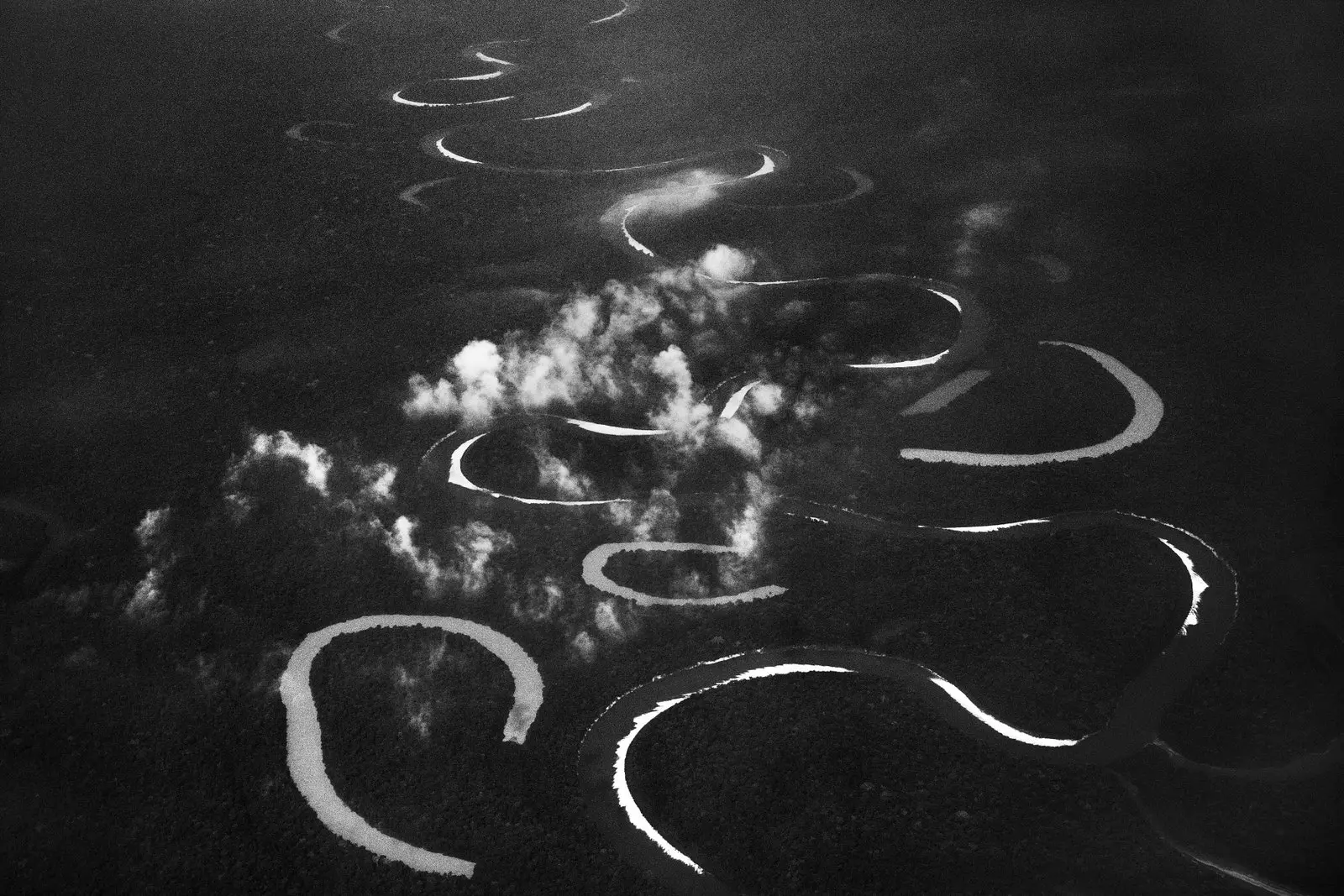The Amazon is the lung of the Earth, spans ten times the size of France and nine South American countries . 60% of its territory is tropical forest, the largest in the world. Formerly, before the arrival of the Portuguese in Brazil (in the year 1500), it was estimated that there was an indigenous population of about 5 million, today it reaches 370,000 from 188 indigenous groups that speak 150 different languages. still today, No contact has been had with 144 of the identified groups.
Towns and cities have emerged along the Amazon, but unfortunately, it is in the middle of the 20th century when this territory begins a constant struggle to survive. Deforestation to make room for cattle ranches and soybean plantations, logging companies and the search for gold threaten the region. A constant threat to its biodiversity and its indigenous populations.
The internationally renowned photographer found himself in this situation Sebastian Salgado , whose career began in the 70s, traveling to more than 100 countries to always portray the harsh reality of the world in which we live. UNICEF Ambassador since 2001, Salgado has received more than 10 awards throughout his career , also for his work Amazônia, which collects more than 200 images captured during seven years living in the Amazon with 12 indigenous populations.

Famille Asháninka, État d'Acre, Brazil, 2016.
The traveling exhibition arrives this June 27 in Avignon at the Palace of the Popes and will remain there until November 30. It is a great exhibition that will feature videos and a special soundtrack created by Jean-Michel Carré. Their objective is to try to publicize and show the threats faced by their indigenous tribes. : illegal logging, gold mining, construction of hydraulic dams, cattle ranching, soybean cultivation, and increasingly, the effects of climate change.
SEVEN YEARS OF WORK
“I started this project in 2013, aware of the future threat to the Amazon forests. My project continued until 2019. Indigenous tribes and the Brazilian army have worked with me , which is deployed on the ground to suppress the illegal drug market. Access to the forests is very difficult, so I had the help of the army to be able to go into the jungle and take pictures from the air. Perhaps we imagine the Amazon as a flat surface, with many rivers, but mountains are also discovered in the exhibition, as well as spaces eroded for more than 1,500 years”, emphasizes Sebastião Salgado.

The Amazon rainforest is the only place on Earth where the humidity of the air does not depend on evaporation from the oceans. . Each tree pumps hundreds of liters of moisture per day into the atmosphere. Satellite photographs invariably show that the rainforest is largely hidden by clouds. “The day the jungle is perfectly visible from space will be the day these “flying rivers” are gone, with catastrophic consequences for our planet,” he adds.
Expeditions by land, sea and air on the ground by the photographer and his team show a still undiscovered region of the planet. Culture, mystery and unparalleled beauty that never ceases to amaze us.
“Thanks to the impenetrability of the jungle, l he ethnic groups have been able to preserve their traditional way of life for centuries . But these stocks are in great danger, as is the survival of the forest. These images are a testimony of what still exists. For life and nature to overcome destruction and predation, all human beings have a duty to participate in its protection.”

Yanomami shaman in a ritual at Pico da Neblina, État d’Amazonas, Brésil, 2014.
The Avignon exhibition, which has also visited other cities in the world such as London or Zurich, was conceived as if it were a forest. Following the river and crossing the different forests, the visitor, with the help of music and sound archives (property of the Museum of
Ethnography of Geneva), is capable of entering the Amazon.
In addition, the space presents projections of portraits of men and women from the Amazon illustrated by a soundtrack of indigenous music (composed especially for
the Pau Brasil group exhibition), while a second space presents photographs of the forest, accompanied by the symphonic poem by Heitor VillaLobos entitled Erosão.
"I have worked a lot in Asia, especially in Indonesia. In my early travels, the island of Sumatra was covered in forest; now there is no forest -everything has been destroyed to grow palm oil. Today in Indonesia, part of New Guinea - what is called West Papua - the forest is being destroyed much faster than the Amazon. Therefore, the lesson we learned from the Amazon applies to the entire planet. Only a few hundred years ago we lived in the forest. We are part of nature, part of the animal species, part of biodiversity, and we must protect it to protect ourselves. . Our urban lives make us the aliens of our planet; we must return to nature. Let's rebuild something from what we have destroyed!", Says the photographer.
In this link you can reserve your ticket.

